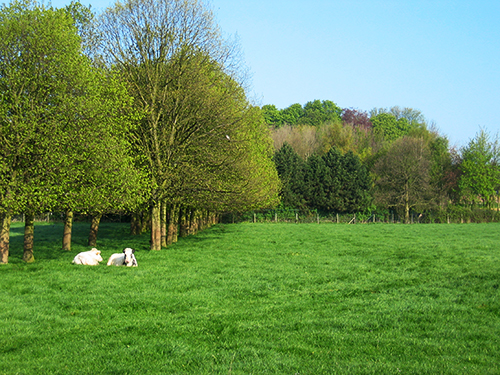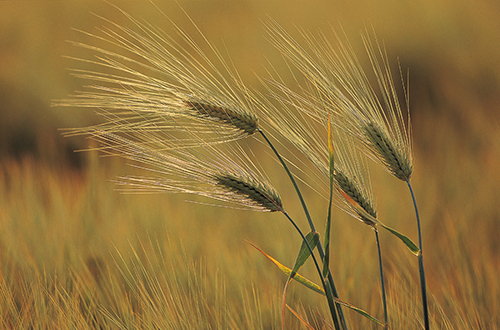The NZ fertiliser industry standard recommends a stand-down period of 21 days after fertiliser application. After that grazing can resume as per normal.
This is to:
- allow pasture regrowth in response to fertilisation
- allow manure to be absorbed into the soil
- reduce palatability problems due to litter and components


